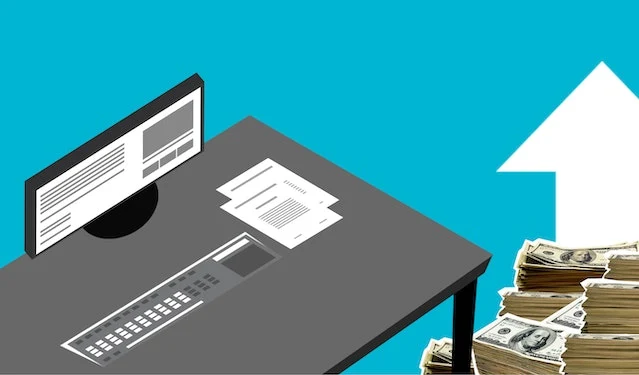
The lifeblood of any business is its cash flow. It refers to the flow of money into and out of a business. Thus, its effective management is essential for long-term growth and profitability. If your business experiences cashflow issues, you might find it hard to pay vendors, engage in business expansion prospects, and cover necessary expenses.
However, by putting smart measures in place, you may improve your cash flow and guarantee the stability of your company's finances. This blog post will discuss how to improve the cash flow of your business.
1. Examine and Forecast
Understanding your financial status is the first step in boosting cash flow. To do this, examine your cash flow statement, accounts payable, and accounts receivable. This helps spot any trends or potential improvement areas.
To effectively forecast future revenue and expenses, use cash flow forecasting methodologies. Thanks to this foresight, you can plan and make informed judgments to prevent any cash problems.
2. Simplify Accounts Payable
Underpaid or late bills may hurt your cash flow. Create a methodical invoicing procedure with precise payment terms and due dates. To encourage fast settlements, reward early payments, or enforce late payment penalties.
Review your accounts receivable frequently to spot any unpaid invoices. Then, follow up with clients to ensure prompt payment.
3. Accounts Payable Optimization
Another method to improve cash flow in your business is to optimize accounts payable. Efficient account payable management can increase cash flow and offer flexibility. Without hurting your relationships, haggle with your suppliers for better payment conditions.
To prevent excessive costs, take advantage of discounts for early payments and properly manage your inventory. And use vendor financing solutions to increase your working capital and prolong payment terms.
4. Control Costs
Your cash flow may be significantly impacted by cutting wasteful spending. Review all your running expenses to find places to make savings without compromising output or standard. Look for ways to cut costs, such as using energy-saving technologies or investigating more affordable options.
Smart spending management strategies can help you save money and improve your financial condition.
5. Boost Inventory Control
Too much inventory might stifle your cash flow and tie up important resources. You may improve your inventory management by examining sales trends and eliminating slow-moving or out-of-date items. This strategy decreases storage expenses, lowers the possibility of stockouts, and guarantees that your money is not locked up in unnecessary inventory.
6. Explore Financing Alternatives
In some circumstances, obtaining outside funding can provide your cash flow the boost it needs. Examine several choices, including bank loans, credit lines, and company credit cards. However, be sure the financing aligns with your long-term objectives by carefully examining the conditions, interest rates, and repayment plans.
For immediate funds access, consider other funding options like crowdsourcing or invoice factoring.
7. Foster Strong Customer Relationships
Your cash flow may enjoy developing and maintaining great client relationships. Offering individualized incentives, delivering high-quality goods or services, and providing great customer service can promote recurring business and quick payment.
Long-term agreements or subscription-based business models can also provide a consistent and predictable cash flow.
Conclusion
It takes thorough research, strategic planning, and proactive management to improve cash flow continuously. Putting the tactics described in this blog article into practice may improve the financial stability of your company. You can keep a healthy cash flow and put yourself in a position for long-term success.
 Sodiq J.
Sodiq J.
